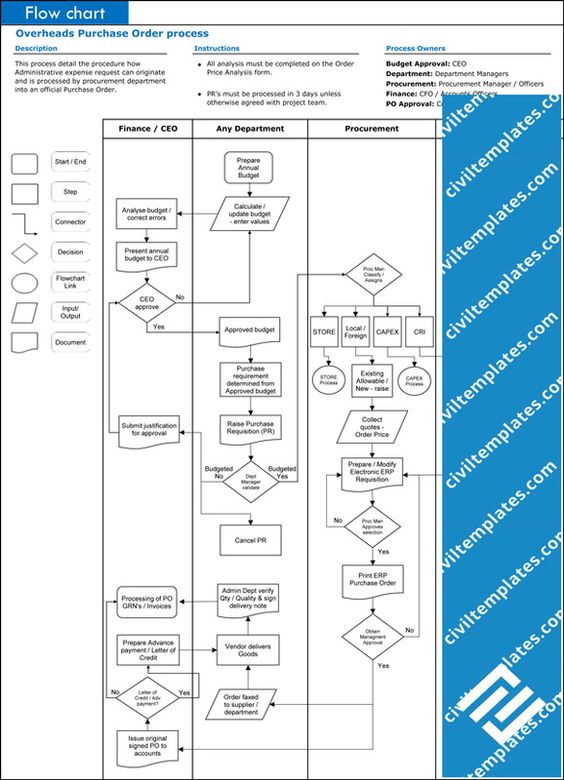Introduction
First, let us define construction project management. It is the process of planning, coordinating, and controlling the project from beginning to end. Construction projects involve several stakeholders, including architects, engineers, contractors, suppliers, and clients who all have different roles and responsibilities. For the project to be successful, there must be effective communication and coordination between these stakeholders.
Pre-Construction Phase
The pre-construction phase is the first stage of the construction project management process. It involves several sub-processes such as feasibility analysis, site selection, design, and budget planning. During the feasibility analysis, the project’s goals, objectives, and potential risks are assessed. Once the feasibility analysis is complete, the site selection process follows. This process involves identifying and evaluating potential sites for the project. Next, the design phase begins, and the project’s architectural and engineering requirements are finalized. Finally, budget planning is done, and the project’s estimated cost is determined.
Procurement Phase
The procurement phase is the second stage of the construction project management process. It involves procuring the necessary resources and equipment required for the construction work. This stage includes sub-processes such as materials procurement, labor procurement, and equipment procurement. During the materials procurement process, the necessary construction materials are purchased from suppliers. The labor procurement process involves hiring skilled workers, while the equipment procurement process involves purchasing the necessary tools and equipment.
Construction Phase
The construction phase is the main stage of the construction project management process. It involves the actual construction work from the foundation to the completion stage. This stage includes sub-processes such as excavation, foundation work, framing, plumbing, electrical, HVAC, finishing, and commissioning. During excavation, the project site is prepared for the foundation work. The foundation work involves building the foundation and ensuring that it can support the building’s structure. The framing process involves putting up the walls, roof, and floors. Plumbing, electrical, and HVAC processes involve installing the necessary systems for water supply, electricity, and heating, respectively. Finishing involves interior and exterior finish works such as flooring, painting, and landscaping. Commissioning involves inspecting the construction work to ensure it meets the necessary standards.
Testing and Inspection Phase
The testing and inspection phase is an essential stage of the construction project management process. Once the construction work is complete, testing and inspection are done to determine whether the building meets the necessary standards. This phase involves sub-processes such as quality control, safety inspections, and final inspections. Quality control involves testing the materials used in the construction work to ensure they meet the required standards. Safety inspections ensure that the construction work adheres to safety regulations. Finally, the final inspections ensure that the building is ready for occupancy.
Post-Construction Phase
The post-construction phase is the final stage of the construction project management process. It involves sub-processes such as occupancy and maintenance. Occupancy involves ensuring that the building’s occupants are comfortable and have all the necessary amenities. Maintenance involves ensuring that the building’s systems are functioning correctly and that any malfunctions are repaired.
You might find these FREE courses useful
- Scrum Master Certification Specialization
- Introduction to Agile Development and Scrum
- Modalidades organizacionales ágiles en base a la MetodologÃa Scrum
- What Is a Scrum Master (and How Do I Become One)?
Conclusion
In conclusion, construction project management is a critical process that ensures the successful completion of construction projects. A construction project management process flow chart is a valuable tool that can help visualize the process and ensure that all stakeholders understand their roles and responsibilities. The construction project management process involves several sub-processes, including the pre-construction, procurement, construction, testing and inspection, and post-construction phases. Effective implementation of these sub-processes is crucial for the project’s success.
